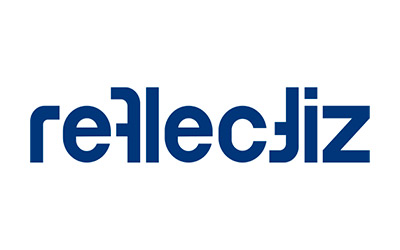The PCI DSS 4.0 regulation is already in force in Spain, with a deadline until March 2025 for companies that process card data to bring their systems fully in line with the new security standards. This update, which replaces version 3.2.1, introduces significant changes to security controls to protect cardholder information from emerging threats.
What do you need to know to comply with the regulations in Spain?
What is PCI DSS?
The Payment Card Industry Data Security Standard (PCI DSS) is a set of standards designed to ensure the security of payment card data processing. Since its inception in 2004, this standard has evolved to address increasingly complex cyber threats, and its latest version, PCI DSS 4.0, represents a major shift in how organisations must protect this data.
Key changes in PCI DSS 4.0
1. Multi-Factor Authentication (MFA) Mandatory
Version 4.0 requires the implementation of MFA for all access to environments where card data is handled, not only for administrators or remote access, but for all users interacting with these environments. This includes both on-premise and cloud systems, significantly increasing security against unauthorised access.
2. Greater Control over Payment Pages
To combat web skimming, a growing threat in e-commerce, PCI DSS 4.0 requires the implementation of mechanisms to detect and alert unauthorised modifications to payment pages. This involves monitoring changes to HTTP headers and scripts on pages that receive payment data, ensuring that there are no malicious manipulations that compromise the data.
3. Automation in Detection and Response
Another significant change is the need for automated systems to review security logs and detect suspicious events. This will help companies to respond quickly to possible breaches, improving their ability to prevent serious incidents.
4. Enhanced Encryption
The new regulation introduces stricter requirements for data encryption. Organisations must ensure that cardholder data is encrypted, both at rest and in transit, and must move away from less secure encryption methods such as disk-level encryption.
5. Authenticated Vulnerability Scans
PCI DSS 4.0 also introduces the need for authenticated internal vulnerability scans, which will allow companies to identify potential risks within their systems with greater accuracy. These scans will go beyond superficial assessments and provide a deeper insight into internal vulnerabilities.
How to prepare for 2025?
For organisations that have not yet started their adaptation process, it is crucial to act as soon as possible. Preparing for PCI DSS 4.0 compliance involves conducting a gap analysis of current security controls, adjusting processes, and adopting new technologies to facilitate compliance, such as automated threat detection and monitoring solutions.
Companies should also consider outsourcing non-core processes and technologies to reduce operational burden and ensure more efficient compliance.
For organisations in Spain and around the world, March 2025 marks a key deadline to adjust their systems and comply with new security standards. Adopting advanced technologies and improving internal controls will be essential steps to mitigate risks and avoid penalties. With ReflectizWe have the best solution to protect your company and ensure compliance with the new security standards.





